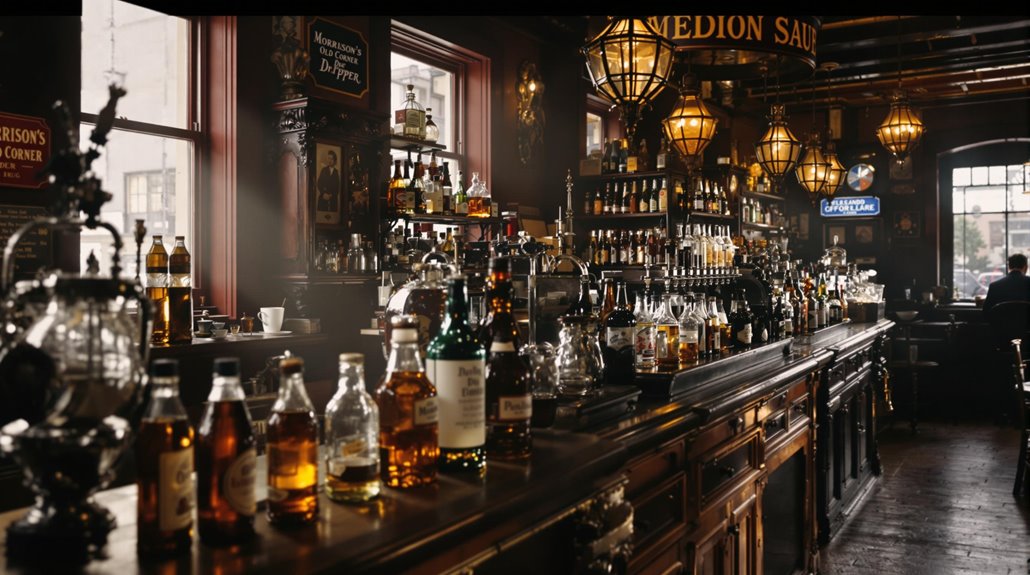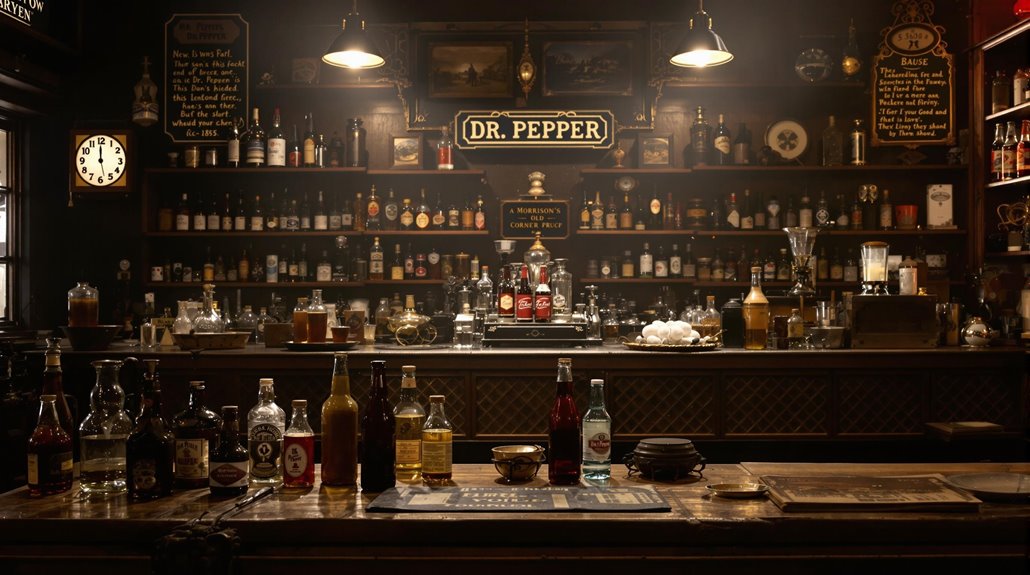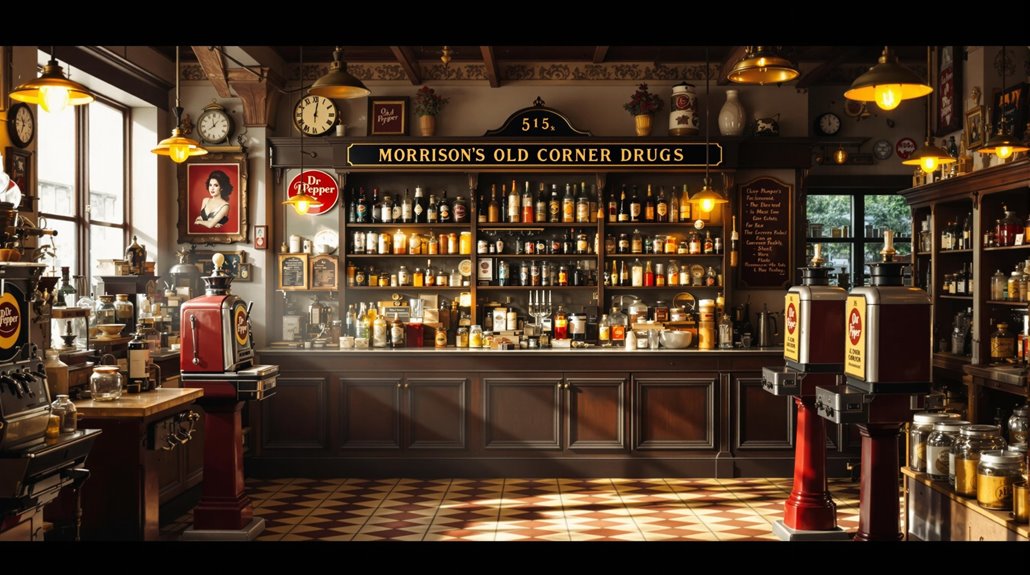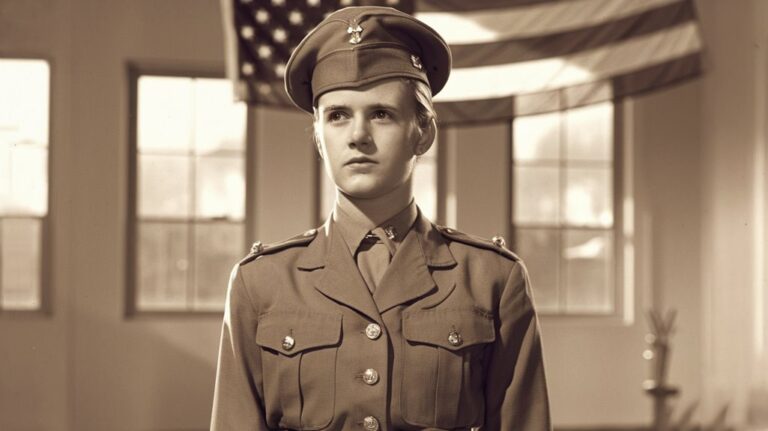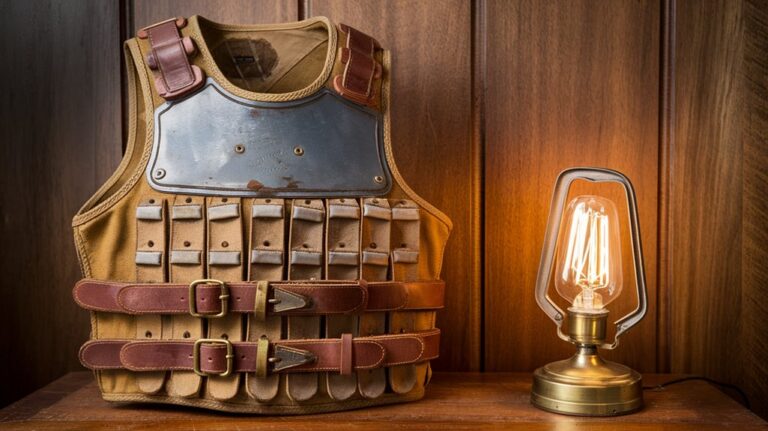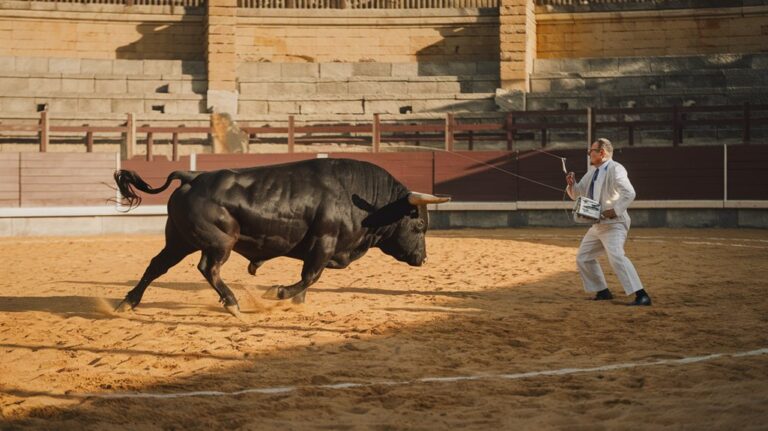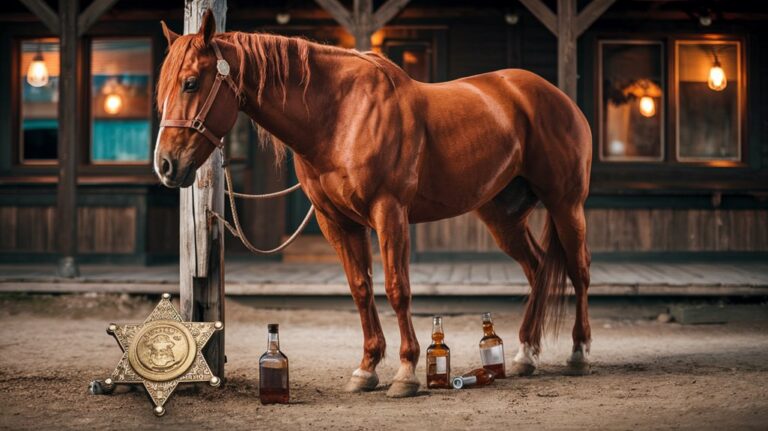Dr Pepper’s Twisting Invention Story: You’ll Never Guess Who
Did you know that Americans consume over 500 million gallons of Dr Pepper annually, yet most can't tell you the real story behind its name? You've probably heard that the soft drink honors a real doctor, but that's just the beginning of this fizzy tale. Between a young pharmacist's ambition, a possible romance gone wrong, and a closely guarded 23-flavor formula, the true origin of America's oldest major soft drink brand isn't what you'd expect.
The Waco Pharmacist Behind America's Unique Soda
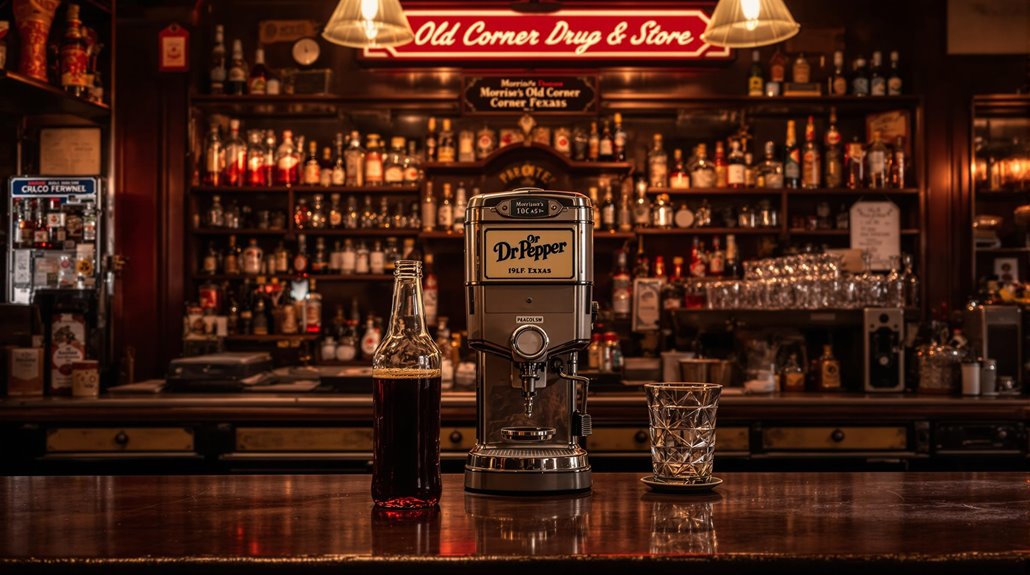
While many know Dr Pepper as America's oldest major soft drink brand, its origins trace back to pharmacist Charles Alderton's creative experiments in Waco, Texas.
You might be surprised to learn that Alderton's innovations began when he noticed customers growing tired of standard soda flavors at Morrison's Old Corner Drug Store.
Born in Brooklyn to English parents and educated in medicine, Alderton wasn't content with the status quo. His flavor experiments led to a groundbreaking 23-ingredient mixture featuring phosphoric acid, which he first served to enthusiastic customers on December 1, 1885. After running Alderton & Co. in Galveston until a devastating fire in 1885, he relocated to Waco to work as a pharmacist.
You'll find it interesting that locals initially called it "Waco," before store owner Wade Morrison renamed it Dr Pepper. The drink gained massive exposure when it was introduced to millions at the 1904 World's Fair in St. Louis.
Alderton's creation beat Coca-Cola to market by a year, though he chose to focus on his medical career after giving the formula to Morrison.
From Corner Drug Store to National Sensation
Dr Pepper's journey from a local drugstore favorite to a national phenomenon began with Robert Lazenby's partnership with Wade Morrison in 1891. Together, they formed the Artesian Manufacturing & Bottling Company to meet growing demand from loyal local patrons.
Charles Alderton, a pharmacist created the original recipe at the Old Corner Drug Store in Waco.
As the unique 23-flavor blend gained popularity, they needed larger production facilities, prompting a move to Dallas in 1923.
The drink's biggest breakthrough came at the 1904 World's Fair in St. Louis, where 20 million attendees discovered this distinctive alternative to cola.
The secret formula remains so valuable that it's kept as two separate halves in different Dallas banks.
You'll find Dr Pepper's evolution reflected in its iconic marketing campaigns, from the "Drink a Bite to Eat" slogan of the 1920s to becoming one of the first canned soft drinks in 1954.
Even during the Great Depression, strategic pricing and creative marketing kept the brand growing strong.
The Mystery of the Name "Dr Pepper"
How a beloved soft drink got its name remains one of the beverage industry's most intriguing mysteries.
While the drink's 1885 creation in Waco, Texas, is well-documented, the true story behind its unusual name has sparked decades of debate.
The most popular of many name theories suggests drugstore owner Wade Morrison named it after Dr. Charles T. Pepper, who supposedly gave him his first job.
However, historical records have debunked this claim.
What's known for certain is that Morrison named the drink after his would-be father-in-law in an attempt to win approval for marriage.
The naming controversy deepens with alternative explanations, from Morrison honoring a favorite customer to simply following the common practice of using "Dr." to suggest health benefits.
Even the period after "Dr" caused confusion until the 1950s when it was officially dropped.
The drink's creator, pharmacist Charles Alderton, developed a unique blend of 23 different fruit flavors.
You'll find over a dozen different stories, but the true origin remains elusive.
Secret Recipe: 23 Flavors Under Lock and Key
Mystery shrouds Dr Pepper's legendary blend of 23 flavors, a recipe so secret that it's locked away in a vault at the company's headquarters in Plano, Texas.
Only three senior executives allegedly know the complete formula, which has sparked endless flavor speculation among fans and experts alike.
You'll find common guesses including amaretto, blackberry, cherry, and root beer, while less conventional theories suggest ingredients like tomato and prickly ash.
While the company confirms basic components like carbonated water and caramel color, they remain tight-lipped about the exact combination.
The recipe vault story might be a marketing strategy, similar to Coca-Cola's approach, but it's certainly worked.
Scientists have spent years trying to decode the formula but remain consistently baffled by its complexity.
The mystique surrounding Dr Pepper's formula has only enhanced its appeal, keeping fans intrigued and debating the possible ingredients for over a century.
Perhaps the most persistent rumor in Dr Pepper's history is that prune juice lurks among its secret ingredients. This myth originated around 1930, allegedly started by a competitor's deliveryman trying to discourage stores from stocking the beverage by associating it with laxative properties.
You might wonder why Dr Pepper has fought so hard to dispel this notion. The myth origins trace back to rival soda companies' attempts to damage the brand's reputation by connecting it to prune juice's less appealing characteristics. The beverage actually contains a proprietary blend of 23 different flavors that create its unique taste. Created by Charles Alderton in Old Corner Drug Store, the distinctive drink quickly gained popularity among local customers.
Former company president W.W. Clements and Keurig Dr Pepper have repeatedly denied these claims, stating that prune juice has never been part of their formula.
Ironically, this enduring misconception led to one of the brand's most memorable slogans: "The most misunderstood soft drink."
Marketing Magic: How 10, 2, and 4 Changed Everything
Among Dr Pepper's most brilliant marketing moves, the "10, 2, and 4" campaign transformed a simple soft drink into a daily ritual for millions of Americans. Launched in the 1920s, this advertising innovation was rooted in research showing that people experienced energy dips at these specific times during the day. The campaign established Dr Pepper as a between-meal sustenance rather than just another refreshment.
You'll recognize the campaign's genius in how it positioned Dr Pepper as more than just a beverage – it became your essential "liquid snack" between meals. Through catchy radio jingles, clock-faced logos, and the memorable slogan "Drink a Bite to Eat," the brand revolutionized consumer habits. The success of their iconic "I'm a Pepper" campaign in the 1970s further reinforced this strategy of creating emotional connections with consumers.
The strategy proved so effective that it helped Dr Pepper survive sugar rationing during World War II and fueled its national expansion. By integrating the drink into Americans' daily routines, this campaign cemented Dr Pepper's unique identity in the soft drink market.

